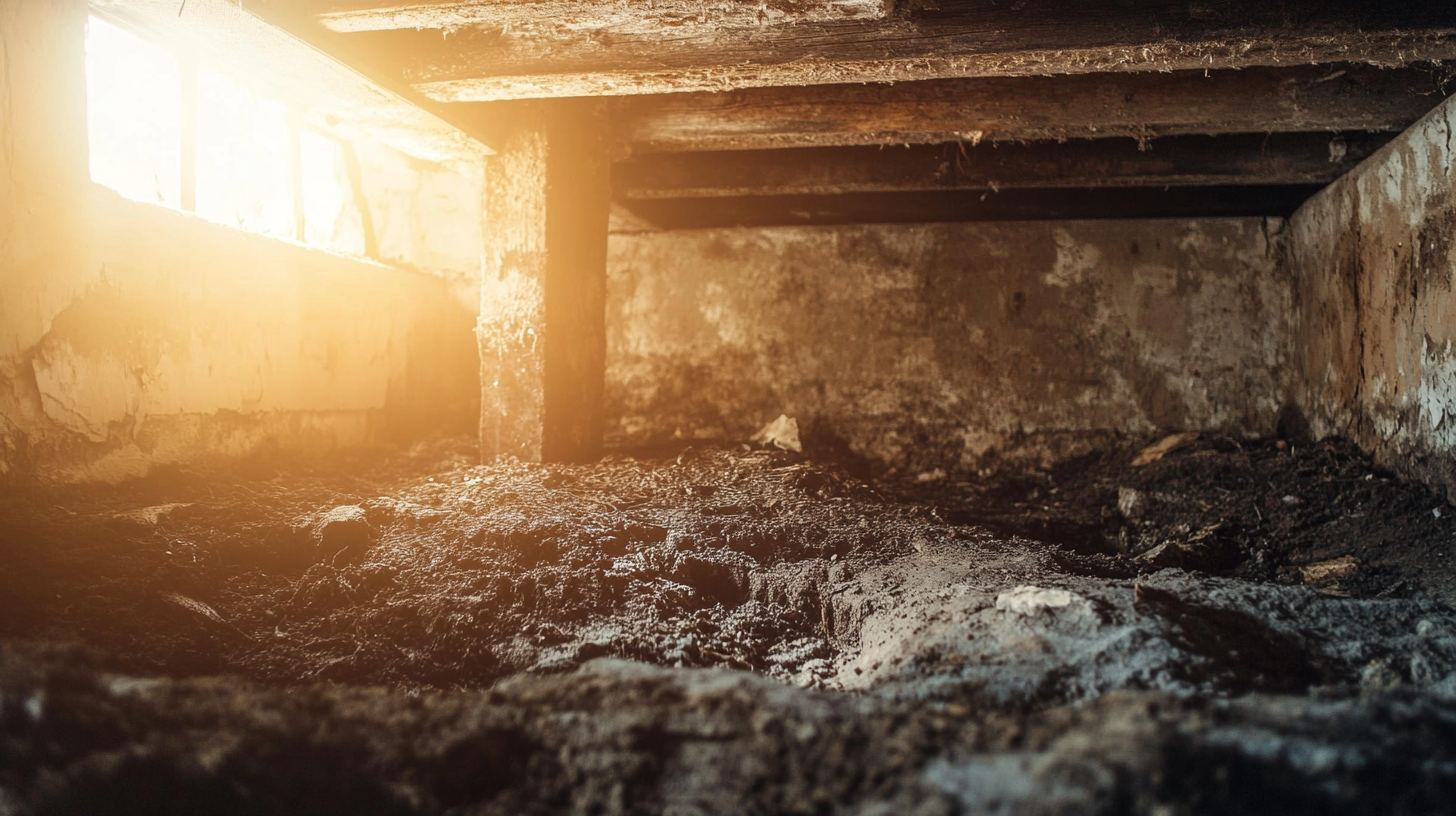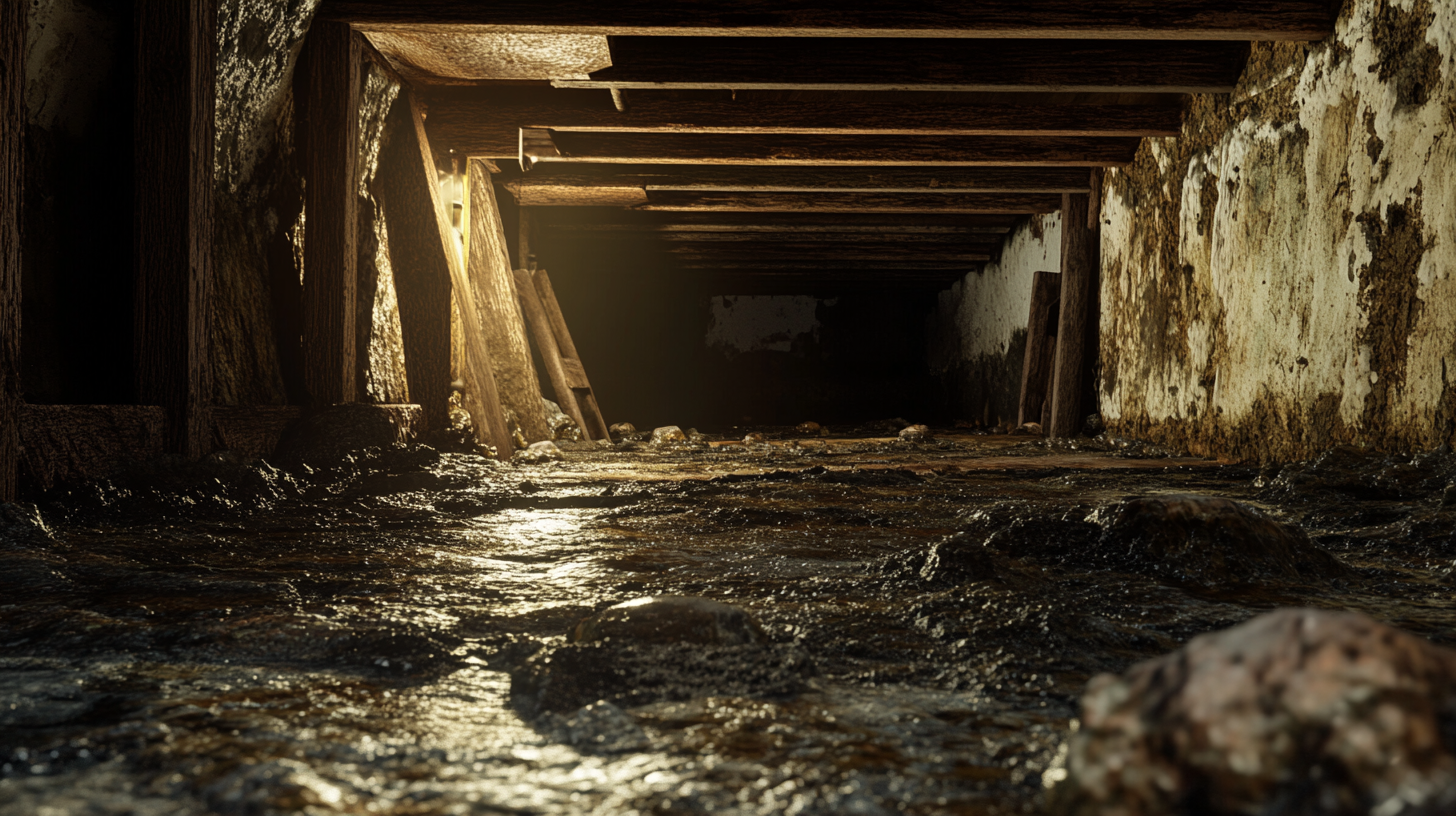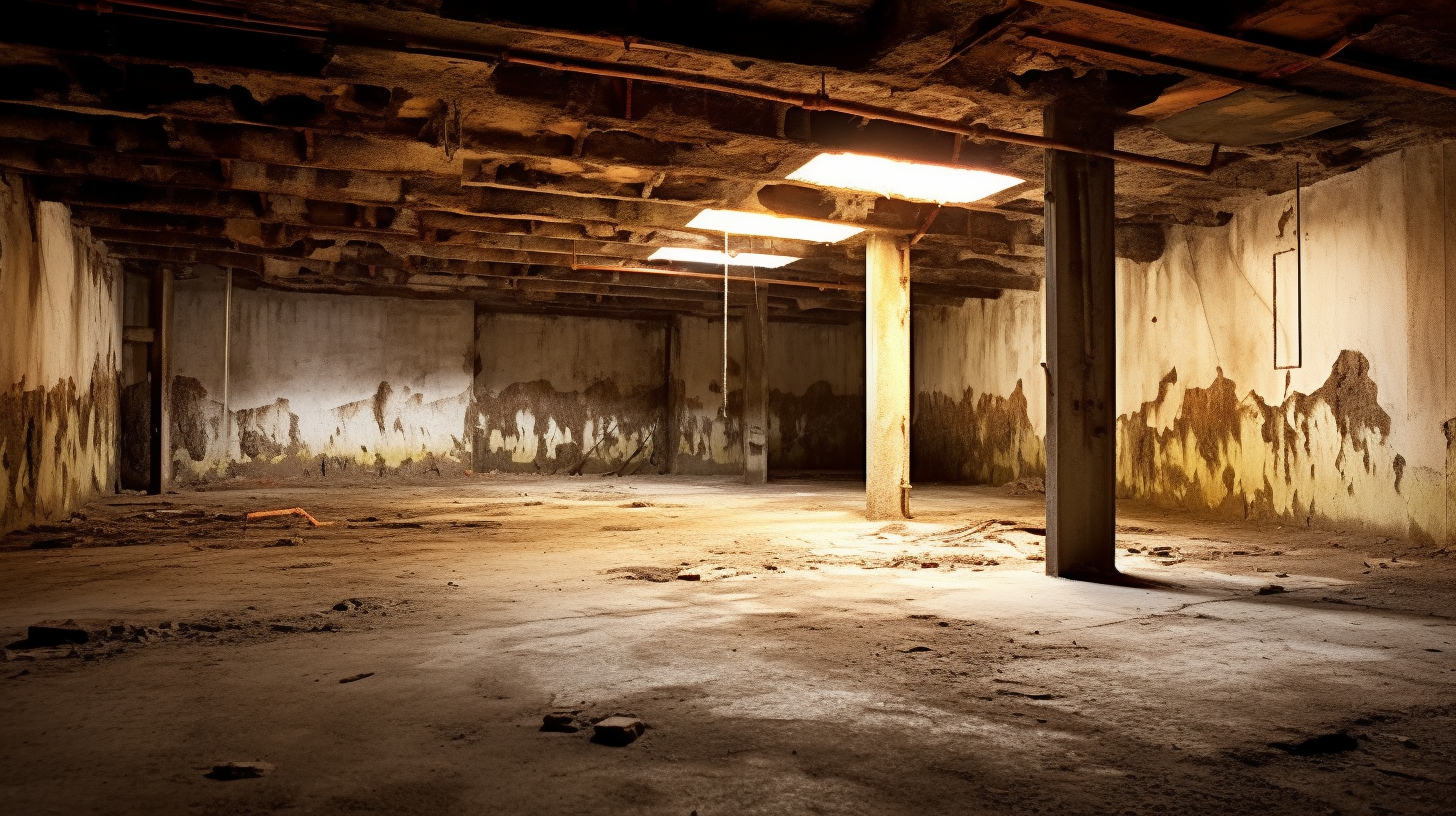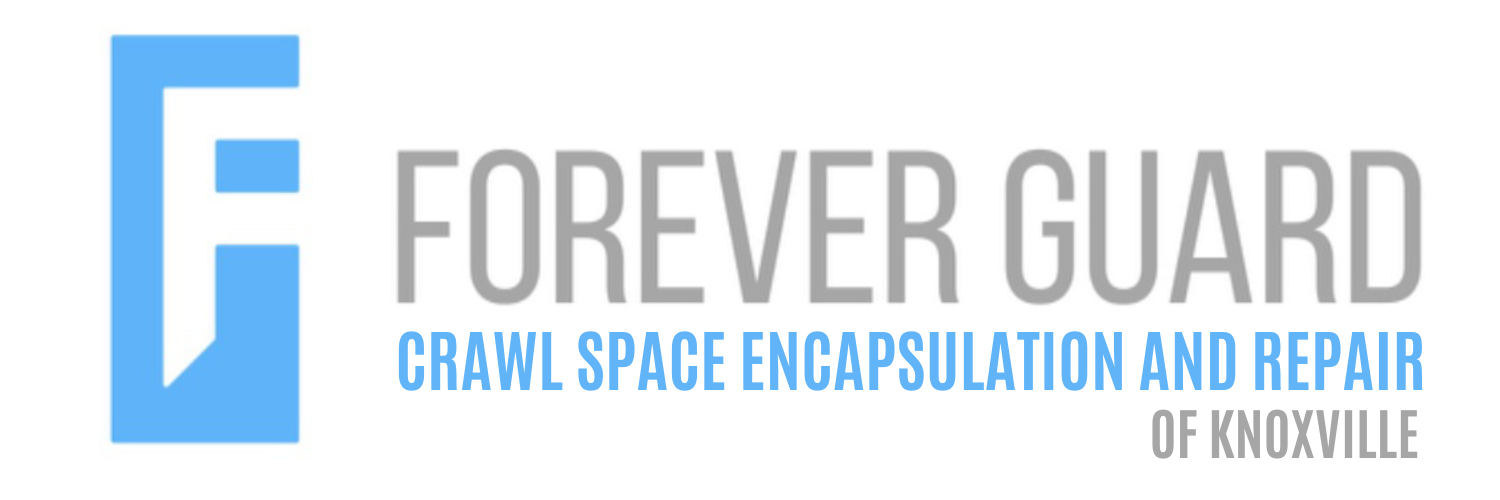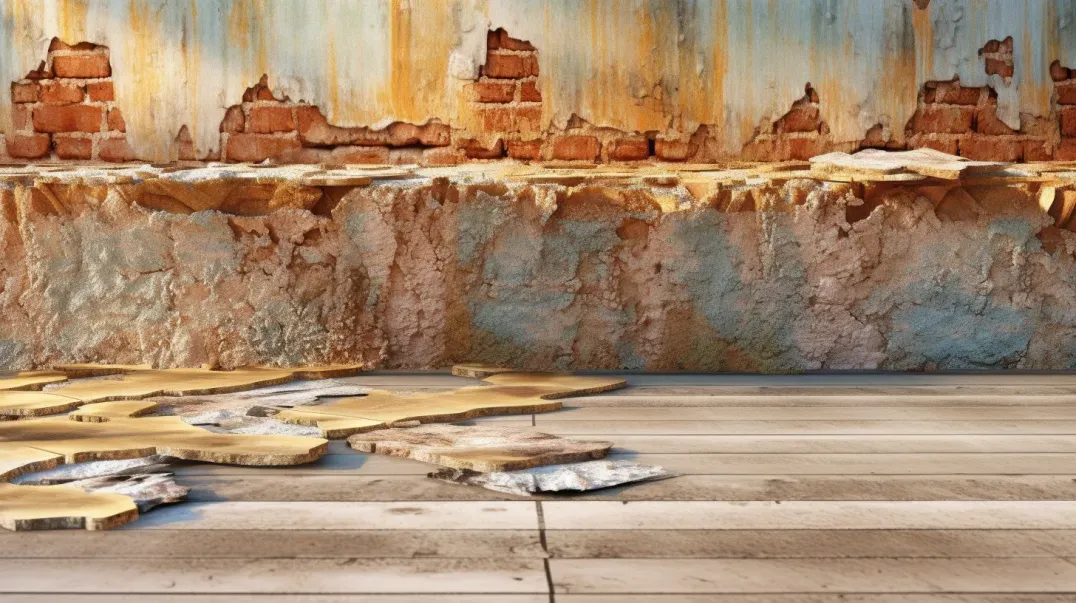Now IS THe Time To...

Crawl Space Services In Knoxville, TN
Stetson Howard: 865-432-6743
CRAWL SPACE ENCAPSULATION, REPAIR, WATERPROOFING & MOLD REMOVAL
No-Obligation, Free Inspections
No-Obligation Free Estimates
We Warranty All of Our Work
100% Satisfaction Guaranteed
Understanding the fundamental importance of a solid foundation in both structural integrity and property value is crucial for any property owner or builder. The essence of maintaining such a foundation is not only vital for ensuring safety and longevity but also in enhancing and preserving the value of the property itself.
At the heart of structural integrity lies the meticulous attention to the underpinnings that hold a building upright and functional. Just as a tree relies on its roots, buildings depend on their foundations to withstand the various forces of nature and the wear and tear of daily use. Neglecting this critical aspect can lead to catastrophic failures, resulting in financial loss and, more importantly, endangering lives.
Similarly, the value of a property is significantly influenced by its structural soundness. In the real estate market, a well-maintained foundation is a key indicator of a property’s overall health, directly impacting its market value. Prospective buyers and real estate investors pay keen attention to the state of a property’s foundation, understanding that it is indicative of the care and diligence exercised by its owners.
This blog will delve into the various aspects of maintaining a solid foundation, exploring the technicalities of structural integrity, the repercussions of neglect, and the long-term benefits of diligence in foundation care. Through expert insights, real-life case studies, and practical advice, readers will gain a comprehensive understanding of why maintaining a solid foundation is synonymous with safeguarding their investment and ensuring safety in the structural spaces we inhabit.
Understanding Foundation Cracks
Types of Foundation Cracks
Just as a physician can read symptoms to diagnose an ailment, understanding the types of foundation cracks can tell you a lot about the health of a building’s structure. Each crack, whether it appears innocuous or severe, tells a story of underlying forces at work.
- Hairline Cracks: Often seen in new construction or freshly poured concrete, hairline cracks are typically thin, surface-level fractures that usually do not signify major structural issues. However, they can be the first sign of minor settling or slight movement in the foundation.
- Shrinkage Cracks: As concrete cures, it loses moisture and shrinks. This natural process can result in shrinkage cracks, which are generally uniform in width and less concerning unless they allow water infiltration.
- Structural Cracks: These are the cracks that warrant immediate attention. Typically wider than 1/8 inch, structural cracks can extend from the foundation into the upper levels of the structure, indicating significant settlement or stress.
- Settlement Cracks: Caused by the ground shifting beneath the foundation, settlement cracks are often visible in older buildings. These cracks are usually vertical and can vary in width, potentially signaling problems that may require professional evaluation.
By identifying the type of crack, homeowners can better understand the severity and possible causes of the issues at hand, leading to more informed decisions about remediation and maintenance.
Causes of Foundation Cracks
The stability and longevity of a building heavily depend on the integrity of its foundation. Understanding what causes foundation cracks is crucial for maintaining this integrity and preventing future damage.
- Soil Settlement: Soil beneath a foundation can settle unevenly due to changes in moisture content or the decomposing of organic materials, leading to differential settlement and cracks.
- Hydrostatic Pressure: Water pressure from saturated soil around the foundation can exert significant force, pushing against the walls and creating cracks. This is particularly common in areas with poor drainage or after heavy rainfall.
- Poor Construction Practices: Inadequate construction can leave a foundation prone to cracking. This might include improper curing of concrete, insufficient steel reinforcement, or poorly compacted soil.
Recognizing these causes helps not only in diagnosing the current issues but also plays a pivotal role in the preventative measures that can be taken to avoid future foundation problems. Effective remediation hinges on this deep understanding, guiding both homeowners and professionals in implementing solutions that address the root of the issue rather than just its symptoms.
Signs That Require Professional Assessment
When it comes to maintaining the structural integrity of a building, recognizing when to seek professional help is crucial. Certain signs, particularly in the form and progression of foundation cracks, can indicate serious underlying issues that require immediate attention.
Width and Length of Cracks
Cracks in a foundation vary widely in their implications based on their size and expansion rate.
- Width: As a rule of thumb, any crack wider than 1/4 inch is a red flag that warrants a professional assessment. Wide cracks might indicate significant structural movement and potential safety issues.
- Length and Expansion: The length of a crack and its progression over time also provide critical insights. A crack that continues to grow over time suggests ongoing issues, such as settling or shifting of the foundation, that are best evaluated by a structural engineer.
Monitoring these changes is not just about measuring; it’s about understanding the dynamics of your building's interaction with its environment. Tools like crack monitors can be installed to measure the exact rate of expansion, providing both homeowners and professionals with precise data to guide further decisions.
Location and Pattern of Cracks
The location and pattern of foundation cracks play pivotal roles in diagnosing structural impacts.
- Critical Locations: Cracks near load-bearing walls or at the intersection of walls and ceilings are particularly concerning. These areas are crucial to the building’s stability, and cracks here can signify deeper structural failures.
- Pattern Recognition: Horizontal cracks are often more alarming than vertical ones as they can indicate a failure under pressure from the earth around the foundation, known as lateral pressure. Zig-zag or stair-step cracks, particularly in brick or concrete block walls, can indicate differential settling or a lateral movement of the foundation.
Understanding the significance of these patterns and their locations helps in early detection of potentially serious issues, guiding homeowners to seek the right professional help before minor issues evolve into major repairs.
Associated Symptoms Indicating Severe Problems
Recognizing the early warning signs of foundation issues can prevent small problems from becoming disastrous, potentially saving significant amounts of money and effort in long-term repairs. Two common symptoms often overlooked are the misalignment of doors and windows and the intrusion of water, both of which can indicate serious underlying structural problems.
Doors and Windows Sticking
Misaligned doors and windows are often early indicators of foundation problems. As a foundation shifts, it can distort the shape of the frames, leading to doors and windows that stick or fail to close properly.
- Identification: If doors or windows begin to stick or show difficulty in opening and closing that wasn't present before, it may be more than just weather-related swelling. Particularly if these issues are accompanied by visible cracks above door frames or window ledges, it could indicate shifting or settling of the foundation.
- Worsening Signs: When sticking doors and windows are accompanied by other structural warnings like large cracks in the walls or floors, or gaps between walls and the ceiling, it's likely that the foundation's problems are becoming more severe. These symptoms suggest that the structural integrity of the house is compromised, necessitating a professional evaluation.
Water Intrusion
Water intrusion through foundation cracks not only threatens the immediate usability of a space but also sets the stage for long-term damage like mold growth and further structural weakening.
- Connection Between Cracks and Water Damage: Cracks in the foundation can allow water to enter the building. While small, hairline cracks might not seem like a big deal, they can widen over time and become channels for water to seep through, especially during heavy rains or snow melts.
- Urgency of Repair: Addressing water intrusion is urgent. Water is a pervasive enemy to structural materials, capable of causing extensive damage if not quickly addressed. The presence of water in a foundation crack indicates that the waterproofing measures are no longer effective, and without repair, the foundation could deteriorate at an accelerated rate.
Risks of Delaying Professional Repair
Delaying professional repair for foundation issues can lead to grave consequences that not only risk the safety and integrity of the structure but also significantly impact its value. Understanding the risks associated with postponing necessary repairs can help property owners make informed decisions about maintaining their investment and ensuring the longevity of their property.
Progressive Structural Damage
Ignoring small cracks and irregularities in the foundation can set the stage for a chain reaction of structural failures, transforming minor issues into major repairs.
- Escalation of Damage: Small, seemingly innocuous cracks can expand and multiply if not promptly addressed, leading to substantial structural damage. For instance, a small crack that allows moisture intrusion can weaken surrounding materials, potentially leading to the deterioration of structural integrity and, eventually, to catastrophic failures like collapsed walls or floors.
- Costly Repairs: What starts as a simple crack repair can evolve into a need for extensive reinforcement or even complete foundation replacement if left unchecked. The cost of repairs escalates as the damage becomes more extensive, not to mention the increased labor and materials needed to correct worsened conditions.
Decreased Property Value
The appearance and structural integrity of a property are critical to maintaining its market value. Visible foundation issues can severely detract from the property's appeal and perceived value.
- Impact on Resale Value: Prospective buyers are often deterred by signs of foundation problems, fearing the potential costs and complications that might arise after purchase. This can lead to decreased marketability and, consequently, a lower resale value.
- Timeliness of Repairs: Addressing foundation issues as soon as they are detected preserves the structure's integrity and upholds the property’s value. Timely repairs not only prevent the problems from worsening but also reassure potential buyers about the property’s condition, thereby maintaining investment value.
Choosing the Right Professional
Selecting the right professional for foundation repair is crucial to ensure effective, durable, and cost-efficient solutions to foundation problems. This part of the guide helps homeowners understand how to identify qualified professionals and what to expect from a professional assessment, ensuring they are well-equipped to make informed decisions.
Qualifications and Experience
When it comes to foundation repair, the expertise of the professional you choose can significantly impact the quality and longevity of the repairs.
- Criteria for Selection: Look for professionals who not only have the required technical qualifications but also a solid track record of experience. Certifications from recognized industry organizations, state licensing, and professional training are all indicators of a qualified contractor.
- Importance of Certifications and Licensing: Certifications ensure that the professional has met industry standards for knowledge and skill in foundation repair. Licensing, on the other hand, is not just a formality—it ensures that the professional adheres to local building codes and regulations. Additionally, the local reputation can offer insights into their reliability and quality of work. Reviews and testimonials from previous clients can be a valuable resource in assessing this.
What to Expect from a Professional Assessment
A comprehensive professional assessment is the first step in the foundation repair process, laying the groundwork for any recommended solutions.
- Assessment Process: The assessment typically involves a thorough inspection of the foundation to identify the extent and causes of damage. This might include visual examinations, the use of leveling tools to check for shifts in the foundation, and potentially, soil tests to determine the conditions that may be affecting the foundation.
- Exploration Methods: In some cases, more invasive methods such as drilling or digging small test pits might be necessary to get a clearer picture of the underground structure and to assess moisture levels and soil type.
- Solutions and Repair Methods: Based on the assessment, a professional might recommend various repair methods. These could range from the installation of piers to stabilize the foundation, the use of hydraulic cement for cracks, or more comprehensive solutions like underpinning if significant settlement has occurred. The proposed methods should address both the symptoms and the underlying causes of the foundation issues.
FAQs
Recent Blog Posts
Crawl Space News
